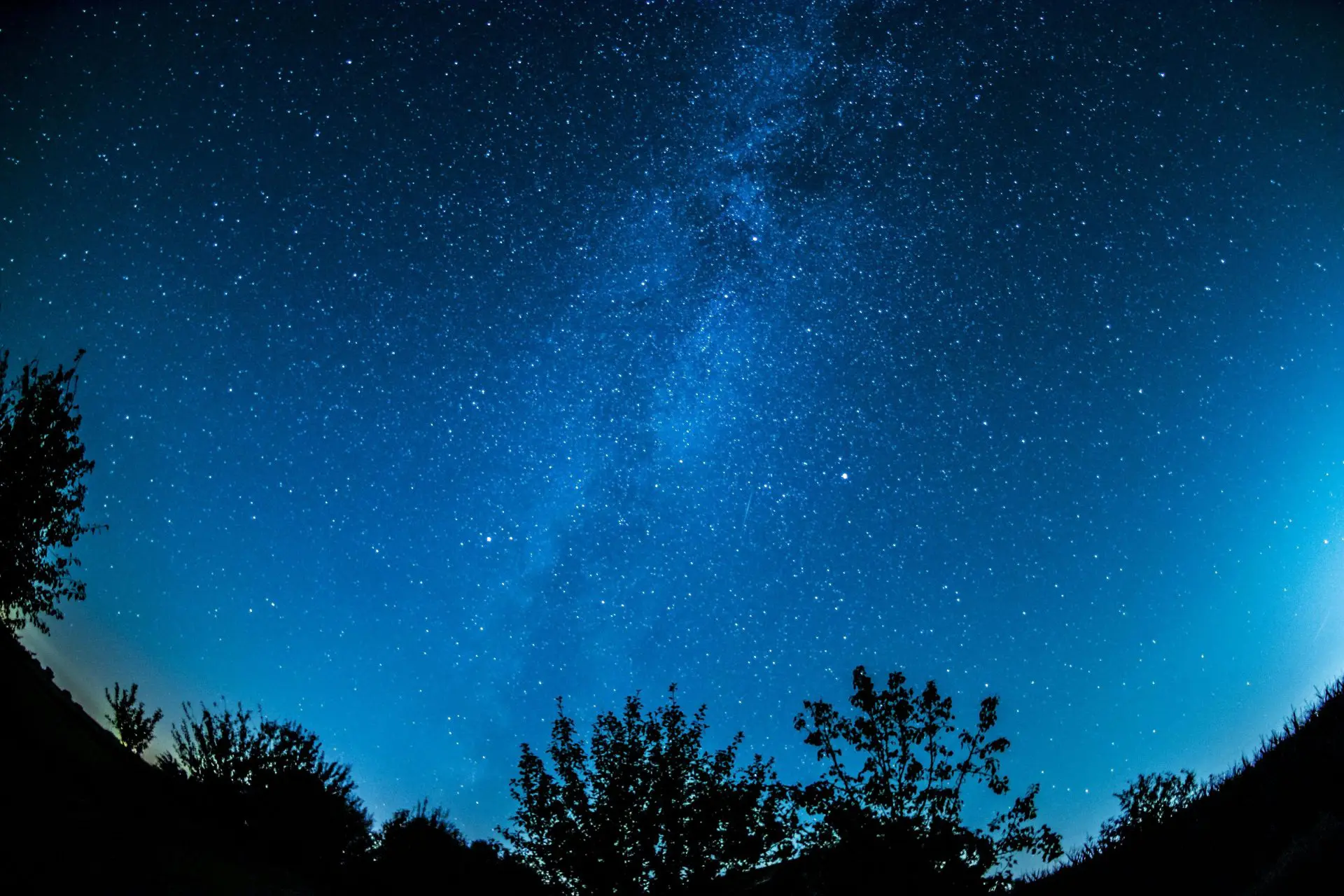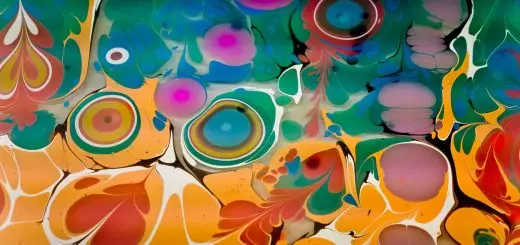The Ever-Living Ones: Ancient Deities in Celtic Beliefs

Looking for more amazing products? Check out our online store and explore our collection here! Happy shopping!
Before diving in, please note: This post is for informational purposes only. If you’d like to know more about how we approach topics, feel free to check out our friendly Disclaimer Page.
Hey there, amazing readers! 
We’re committed to delivering quality posts, and your support (even just sticking around despite the ads) means everything to us. So, bear with us, and thanks for helping us keep the good vibes rolling. Now, on to the fun stuff!
TRANSLATE BUTTON AT THE END OF THE ARTICLE
Overview
Celtic mythology is rich with ancient deities that were believed to govern various aspects of life.
These gods and goddesses, known as the Ever-Living Ones, played a significant role in Celtic beliefs and traditions.
Tracing its origins to prehistoric times, Celtic mythology has evolved over centuries, blending with other cultures and leaving a lasting impact on modern society.
This article explores the fascinating world of Celtic deities, their powers, rituals, and their influence on daily life.
Introduction to Celtic Mythology and Deities
Celtic mythology is a vast and complex system of beliefs that originated in the ancient Celtic lands of Europe, including Ireland, Scotland, Wales, and Gaul (modern-day France).
The Celtic people had a deep connection with their natural surroundings and believed in a pantheon of gods and goddesses who governed various aspects of life.
These deities were seen as powerful beings that controlled the forces of nature, fertility, war, love, and more.
Celtic mythology was an integral part of the Celtic culture and influenced their daily lives, rituals, and traditions.
Tracing the Origins of Celtic Beliefs
The origins of Celtic beliefs can be traced back to the prehistoric era, long before written records were kept.
The Celtic people had an oral tradition, passing down their stories and beliefs through generations.
Many scholars believe that Celtic mythology evolved from the religion practiced by the Indo-European peoples, who migrated to Europe around 2500 BCE.
As the Celtic culture spread across Europe, it incorporated elements from other regional mythologies, resulting in a unique blend of deities and folklore.
The Pantheon of Celtic Gods and Goddesses
The Celtic pantheon is vast and diverse, with numerous gods and goddesses representing different aspects of life.
Some of the prominent deities include:
Dagda: The chief god in Celtic mythology, Dagda was associated with abundance, fertility, and wisdom.
Brigid: The goddess of poetry, healing, and smithcraft.
Lugh: A skilled warrior and the god of light, Lugh represented leadership, craft, and justice.
Morrigan: A goddess of battle and sovereignty, she was associated with war and fate.
Danu: The mother goddess, Danu was believed to be the divine ancestor of the Tuatha Dé Danann, a group of deities in Irish mythology.
These are just a few examples of the vast pantheon of Celtic gods and goddesses, each with their unique attributes and symbolism.
The Role and Powers of the Celtic Deities
Celtic deities played a vital role in the lives of the Celtic people.
They were believed to have control over various aspects of life, including nature, fertility, war, and love.
The gods and goddesses were seen as intermediaries between humans and the divine, and their blessings were sought for protection, prosperity, and guidance.
Each deity had specific powers and responsibilities, often represented through intricate myths and legends that explained their actions and interactions with humans.
Celtic Mythology’s Influence on Daily Life
Celtic mythology had a profound influence on the daily lives of the Celtic people.
Their beliefs and stories were interwoven into their culture, influencing their social structures, rituals, and traditions.
The cycle of seasons, agricultural practices, and daily activities were all influenced by the mythology.
Festivals and ceremonies were conducted to honor and appease the deities, seeking their favor and guidance.
The Celtic people believed that maintaining a harmonious relationship with the gods and goddesses was essential for the well-being of their communities.
Rituals and Offerings to Honor the Ancient Deities
To honor the ancient deities, the Celtic people performed various rituals and offerings.
These rituals often took place at sacred sites, such as stone circles, wells, and mountains, which were believed to be the dwelling places of the gods and goddesses.
Offerings of food, drink, and precious items were made to show respect and seek the favor of the deities.
Rituals involved prayers, chants, dances, and sometimes even animal sacrifices.
These ceremonies were not only religious events but also important social gatherings that fostered a sense of community and identity among the Celtic people.
Mythical Tales of Love, War, and Adventure
Celtic mythology is filled with captivating tales of love, war, and adventure.
These stories showcased the exploits and characteristics of the gods and goddesses, while also providing moral lessons and insights into the Celtic worldview.
One such tale is the story of Cú Chulainn, a great warrior who fought valiantly for his people.
Another famous myth is the tale of Tristan and Iseult, a tragic love story that transcends mortality.
These myths not only entertained the Celtic people but also served as a way to pass down their cultural values and beliefs through generations.
Sacred Sites and Temples in Celtic Worship
Sacred sites held great significance in Celtic worship and were considered portals to the divine realm.
Stone circles, such as Stonehenge and Newgrange, were believed to be places where the gods and goddesses could be accessed.
Wells and springs were also considered sacred, believed to possess healing and divinatory powers.
Some temples were constructed, such as the famous Roman-built Mithraeum at Hadrian’s Wall, which blended Celtic and Roman religious practices.
These sites served as focal points for religious ceremonies and pilgrimages, where people could connect with the gods and seek their blessings.
Legacy of Celtic Deities in Modern Culture
The influence of Celtic deities can still be seen in modern culture, particularly in regions with Celtic heritage.
The names and attributes of gods and goddesses have been preserved in folklore, literature, and even in the names of places.
Many Celtic festivals and traditions, such as Samhain (Halloween) and Beltane, continue to be celebrated today, albeit with some adaptations.
The enduring popularity of Celtic mythology in books, movies, and art is a testament to the lasting impact of these ancient deities on our collective imagination.
How Celtic Beliefs Evolved Over Time
Over time, Celtic beliefs underwent significant changes due to various factors, including the influence of Christianity and Roman conquest.
With the arrival of Christianity, Celtic deities were often assimilated into the new religion as saints or demoted to mythical figures.
As a result, some aspects of Celtic mythology were lost or transformed.
The Roman conquest of Celtic lands also introduced new religious practices and deities, leading to syncretism between Celtic and Roman beliefs.
Despite these changes, remnants of Celtic mythology and its deities persist in the folklore and traditions of Celtic regions.
Preserving and Exploring Celtic Mythology Today
In recent years, there has been a resurgence of interest in Celtic mythology, with efforts to preserve and explore its rich heritage.
Scholars, archaeologists, and enthusiasts continue to research and study Celtic beliefs, unearthing new insights into the ancient deities and their significance.
Museums and cultural institutions display artifacts and exhibits that shed light on Celtic mythology.
Additionally, storytelling, festivals, and reenactments keep the ancient tales alive and provide a means for people to connect with their Celtic roots.
By embracing and understanding Celtic mythology, we can appreciate the enduring legacy of the Ever-Living Ones and their impact on our collective history.
Conclusion
Celtic mythology offers a fascinating glimpse into the ancient beliefs and traditions of the Celtic people.
The Ever-Living Ones, the gods and goddesses of Celtic mythology, held great power and influence over various aspects of life.
Tracing its origins back to prehistoric times, Celtic mythology evolved and blended with other cultures, leaving a lasting impact on modern society.
The rituals, stories, and sacred sites associated with the ancient deities shaped the daily lives and culture of the Celtic people.
Today, efforts to preserve and explore Celtic mythology allow us to appreciate the rich heritage and legacy of these ancient deities.

The Enlightenment Journey is a remarkable collection of writings authored by a distinguished group of experts in the fields of spirituality, new age, and esoteric knowledge.
This anthology features a diverse assembly of well-experienced authors who bring their profound insights and credible perspectives to the forefront.
Each contributor possesses a wealth of knowledge and wisdom, making them authorities in their respective domains.
Together, they offer readers a transformative journey into the realms of spiritual growth, self-discovery, and esoteric enlightenment.
The Enlightenment Journey is a testament to the collective expertise of these luminaries, providing readers with a rich tapestry of ideas and information to illuminate their spiritual path.
Our Diverse Expertise
While our primary focus is on spirituality and esotericism, we are equally passionate about exploring a wide range of other topics and niches 

To ensure we provide the most accurate and valuable insights, we collaborate with trusted experts in their respective domains 
Our blog originally focused on spirituality and metaphysics, but we’ve since expanded to cover a wide range of niches. Don’t worry—we continue to publish a lot of articles on spirituality! Frequently visit our blog to explore our diverse content and stay tuned for more insightful reads.
Hey there, amazing reader! 
Check out our store here and take a peek at some of our featured products below! Thanks for being awesome!












